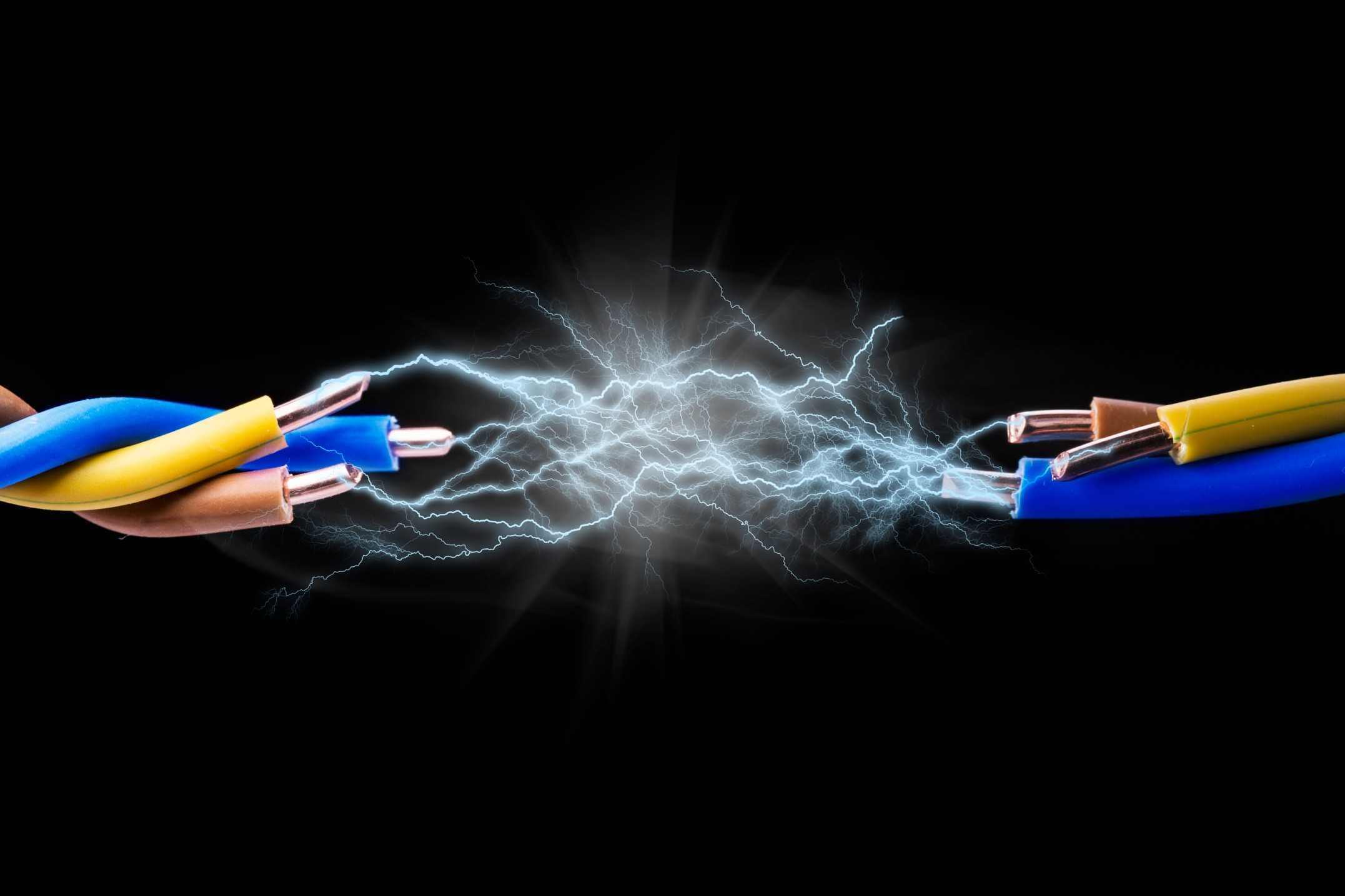Differences between single-phase and three-phase power
Single-phase power supplies usually include two wires for supplying the electrical current electric meter and a fuse or isolation device. This is adequate for powering household appliances, lighting, and small HVAC systems.
However, three fuses are needed for a three-phase supply. The electric current is delivered via three wires, thus the name, and they could have one large meter or several meters.
Three-phase power provides a more reliable and efficient power output, especially for critical infrastructures that require high power levels for uninterrupted operations, such as electrical vehicle chargers, heavy machinery, and data centers. It delivers electricity in a continuous, smooth wave.
Three-phase power has several benefits, often seen as reasons why it is preferred over single-phase power.
- The significant difference between both types of power is that three-phase power provides a higher power capacity than single-phase power. Without using twice the number of conductors, three-phase power can deliver almost twice the power of single-phase systems. Contrary to popular belief, it's not three times as powerful, and you usually connect one hotline to another hotline.
- Power transmission is more efficient because having three wires conducting electrical current reduces the risk of resistive loss, increasing system reliability.
- Three-phase motors operate more smoothly and efficiently than single-phase motors. They are perfect for heavy machinery and industrial equipment because they can attain larger power ratings, are simpler to control especially at lower frequencies and have less vibration.
The major disadvantage of three-phase power is the high installation cost and complexity. This is because it goes beyond switching out the fuse, and involves running external wires from a property to the grid and replacing them. This could require permission from local authorities where wires run under public property.
While single-phase power is suitable for smaller infrastructures, three-phase power stands out as the superior choice for larger infrastructures, such as data centers or other high consumers of electrical power, due to their load demand for smooth operations. By understanding these differences, informed decisions can be made to optimize performance and sustainability.


.webp?width=2000&name=2024%20CTM%20Survey%20Results%20Website%20webp%20(1).webp)

.png)
.png)
.png)



